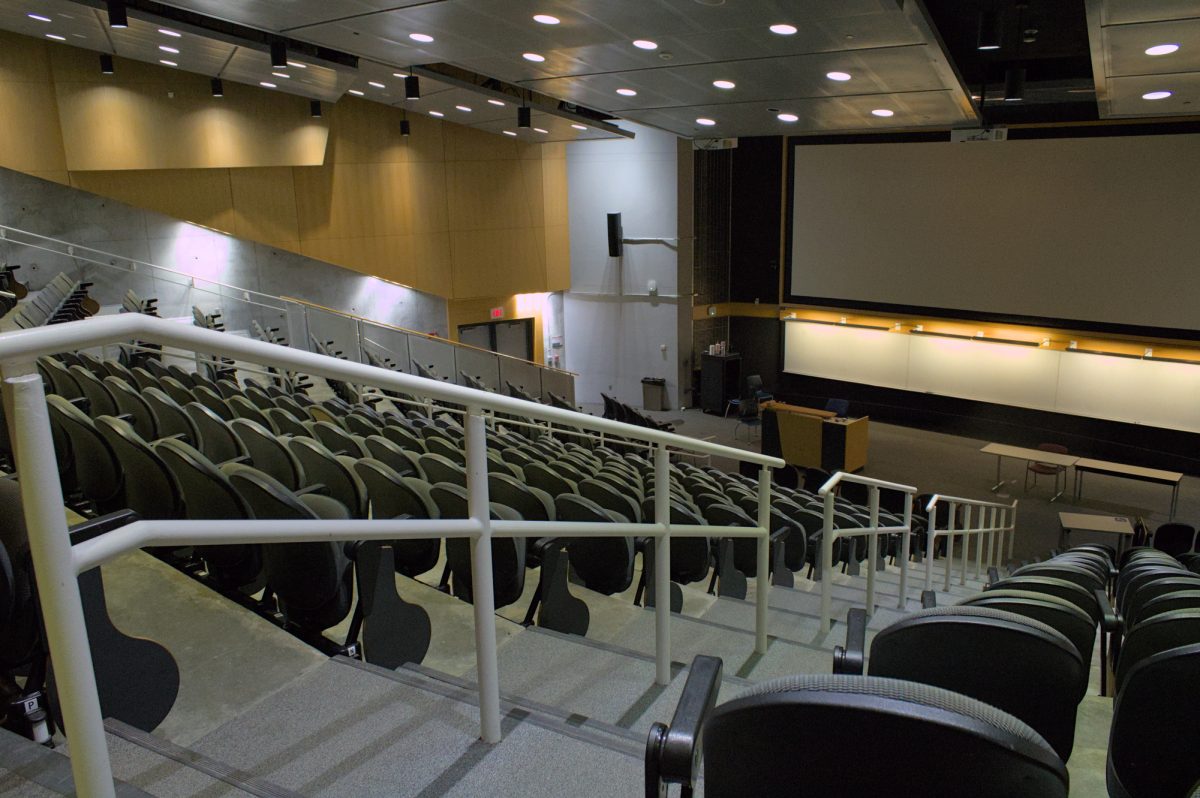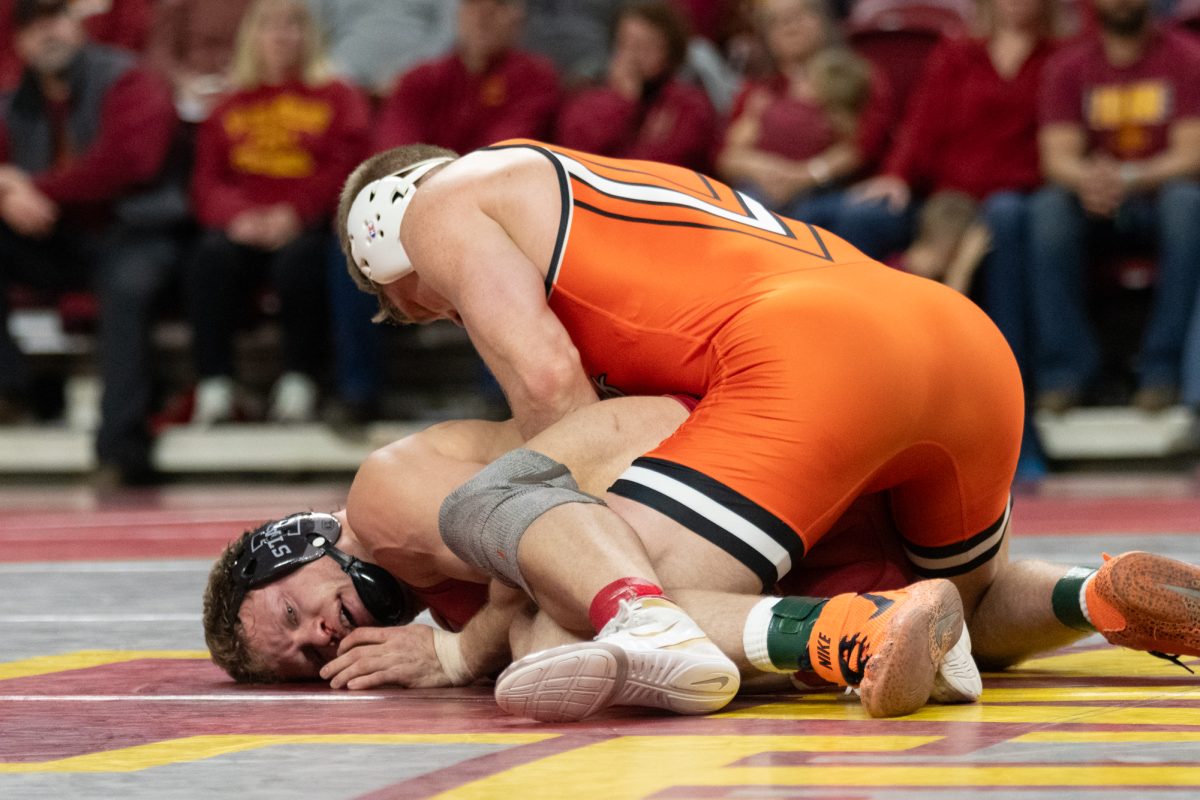Safe Zone stickers get thumbs up
January 20, 1999
The one-year-old Safe Zone stickers received positive reviews from Iowa State students, faculty and staff, according to results from an evaluation of the project that was conducted last summer.
“The project has had a positive effect on this campus, both on those who put up the stickers and LGBT students and staff,” said Nancy Evans, a member of the review committee and associated professor of education.
The results of the review will be presented Friday at noon in the Sun Room of the Memorial Union.
“People who come on Friday to hear the report will be impressed to hear the positive impact it has had on the LGBT community,” said Houston Dougharty, associate dean of students.
The Safe Zone sticker is designed to increase awareness about issues concerning lesbian, gay, bisexual and transgender students, and it expresses “understanding, non-judgements and knowledge of their needs,” Dougharty said.
The review was conducted in an attempt to evaluate whether the project has had a positive effect on the LGBT community and ISU in general, Evans said.
Evans said the findings of the review were that the project helped many people feel more comfortable at ISU.
Dougharty said projects like the stickers help alleviate the “heterosexist” attitude at ISU.
As a part of the review, Evans and two graduate students interviewed faculty, staff and students about the project, including those who had put up Safe Zone stickers and members of the LGBT community.
In total, 42 interviews were conducted.
“ISU is a heterosexist environment, where many people assume others are straight, when by and large, there are thousands of people who aren’t,” Dougharty said.
Since the Safe Zone project began in 1997, more than 2,000 stickers have been given out. Dougharty said he has heard positive feedback about them from members of the LGBT community.
“[They say], ‘I finally feel like I belong here, like Iowa State acknowledges that I exist,'” he said.
The stickers, which were considered “Phase One” of the project, were geared mainly toward faculty and staff, Dougharty said.
“Phase Two” will entail handing out Safe Zone key chains. Dougharty said distribution of the key chains should start next month.
“Students liked the sticker, but [students] also are more mobile than faculty and staff,” he said. “So one of the ideas was it would be nice to have some kind of Safe Zone sticker that goes where I go.”
Besides the presentation on Friday, Evans and Dougharty have already made one presentation of their findings at a state conference and will be giving the presentation at least four more times at different conferences nationwide throughout the year.






